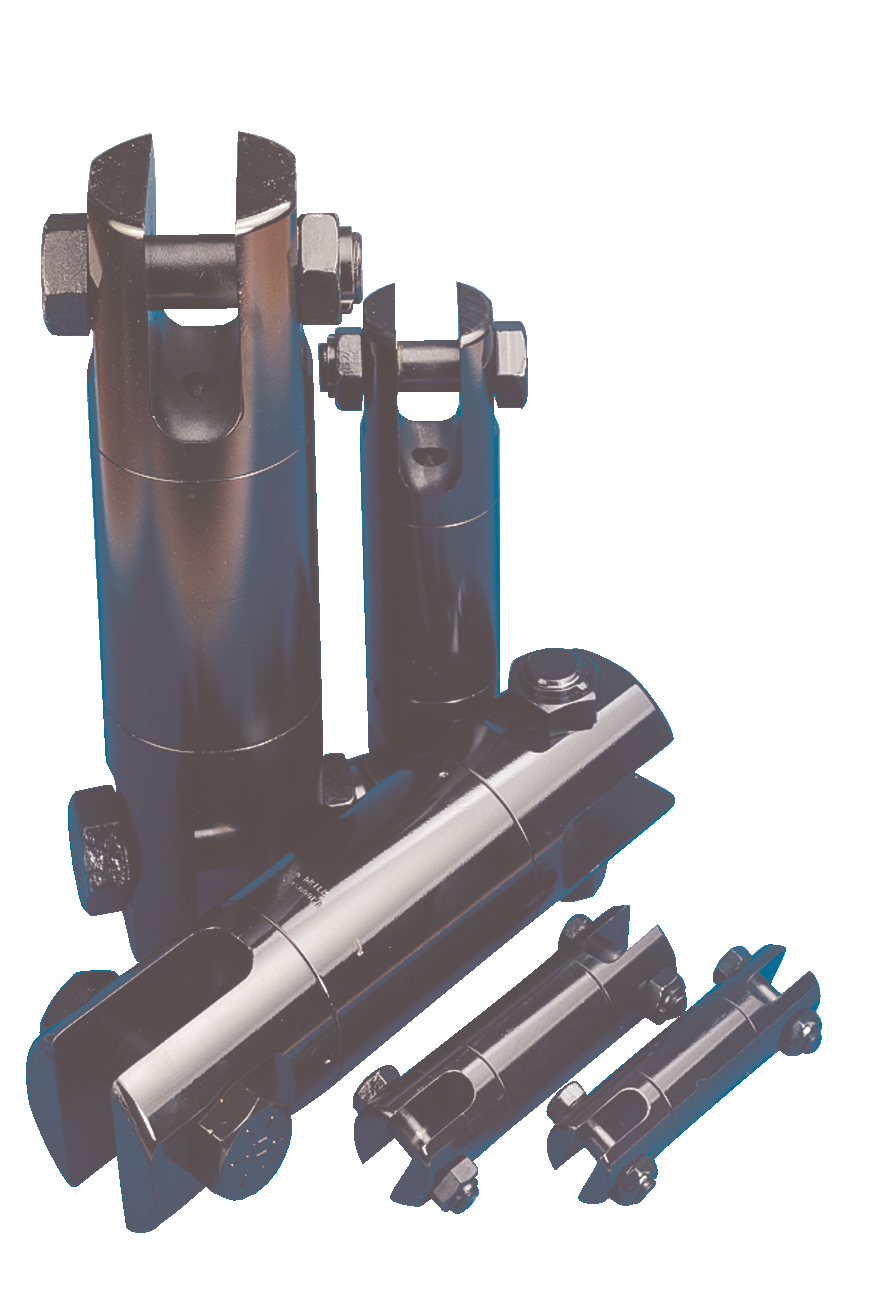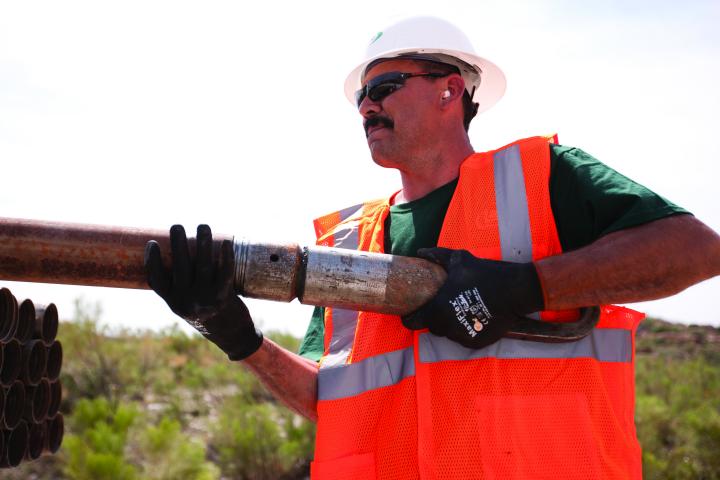

Moreover, it may also be applied in municipal engineering (e.g., electric cables, optical cables, tap water pipes), crossing buildings, and so on. Horizontal directional drilling (HDD) technology has been widely adopted for oil and gas pipelines in the crossing of rivers, channels, highways, railways, and other complex or unsuitable shallow buried areas. Xiao-Hua Zhu, in Handbook of Materials Failure Analysis with Case Studies from the Oil and Gas Industry, 2016 1 Introduction As in most other well construction methods, the completed wellhead for the HDD well can be buried to minimize visual impact. Additionally, the HDD well construction method creates minimal surface disturbance. An HDD well could be drilled and constructed in approximately 3 months, although development could take several additional months. The relatively short drilling and construction timeframe for an HDD well is advantageous in terms of duration and public access. The HDD method ensures accurate borehole trajectory using remote sensing and measurement while drilling (MWD) technology. Another major benefit of the long boreholes drillable with the HDD method is the ability to avoid obstacles or sensitive areas. Also, by being able to locate a screen further offshore with the HDD method, the cone of depression would be less likely to impact onshore groundwater levels. Additionally, the salinity of water from an HDD well screened offshore within the saltwater wedge would more closely approximate that of seawater. A major benefit of wells with long screens is higher production potential. An advantage of the HDD method is the ability to construct relatively long boreholes and relatively long wells (up to 3000 ft).
#DIRECTIONAL DRILLING ICON PLUS#
The required work area for HDD wells is approximately 120 × 120 ft (14,400 ft 2) plus another 100 × 100 ft for staging. It achieves excellent filtration characteristics, but the porous construction of the screen limits its tensile strength and the lack of a filter pack makes the screen prone to clogging with fine-grained materials-reducing production over time. Schumasoil was developed to maximize the open area of the screen while maintaining filtration properties that meet or exceed prepack performance. Another completion option using HDD is the use of a porous pipe, such as Schumasoil filter screen constructed of sintered polyethylene resin beads. Therefore, most successful HDD wells have been completed in competent formations such as limestone. Artificial filter-packing technology is not yet perfected for HDD wells. The well intake structure typically consists of either standalone screen or prepacked screen.

Once the borehole has been reamed to the required diameter, well completion materials are pushed into place in the open borehole. In most cases with blind wells, the borehole is stabilized by casing and cementing through the curvature prior to drilling the horizontal portion of the borehole.


Reaming is accomplished by pushing and rotating the drill bit as it follows the pilot bore to its completion depth. Once the targeted depth is reached, the drill string is rotated to horizontal for the required distance before being terminated in the subsurface at the targeted point ( Fig. Blind wells drilled for oilfield applications may start either vertically or on an incline, while those drilled for environmental applications, due to their shallow true vertical depth (TVD), generally start only on an incline. Blind wells are generally used in deep subsurface oilfield applications to increase recovery of oil and gas, or in relatively shallow environmental remediation applications where the target formation is located under a building or some other obstacle. HDD wells are classified as being either blind or continuous.


 0 kommentar(er)
0 kommentar(er)
